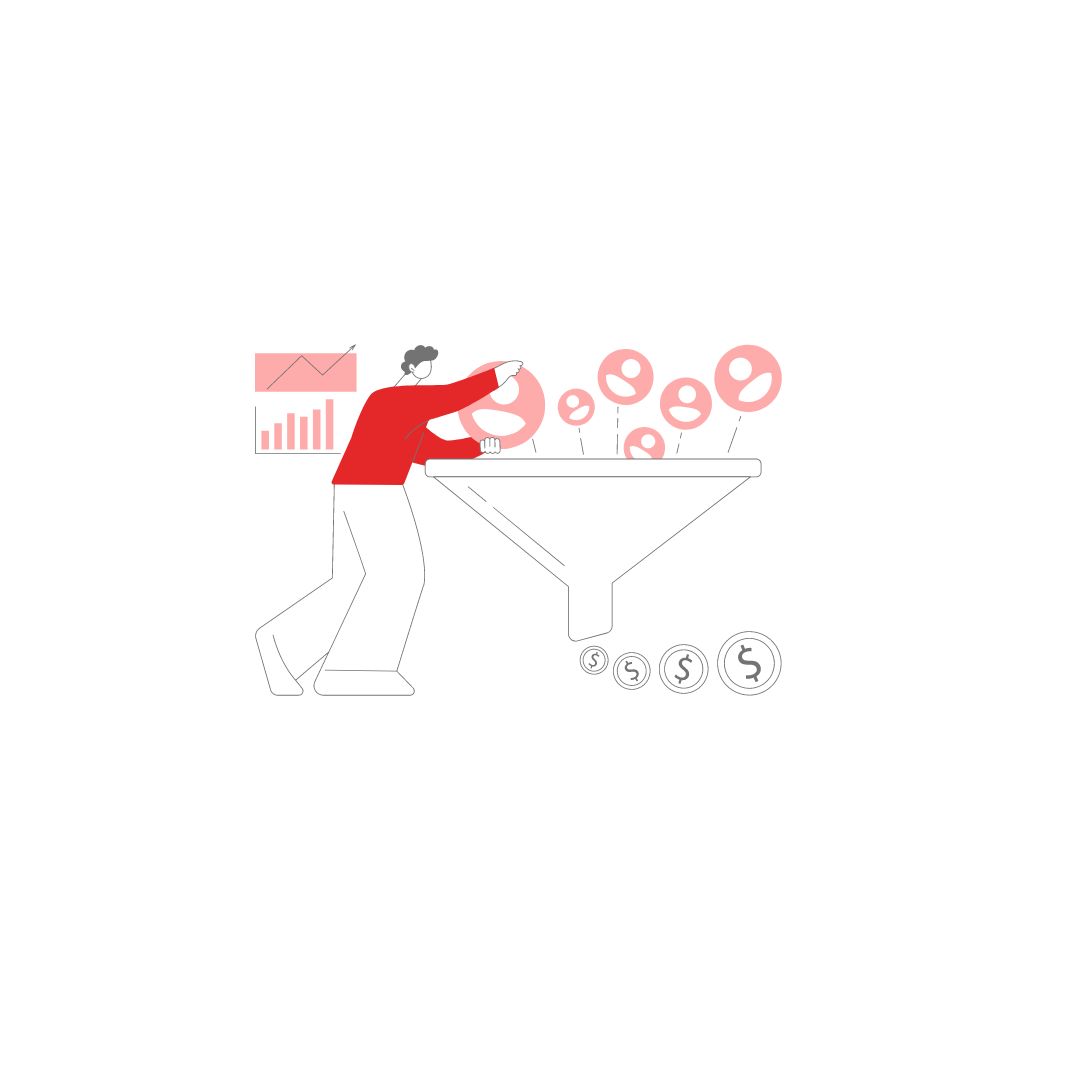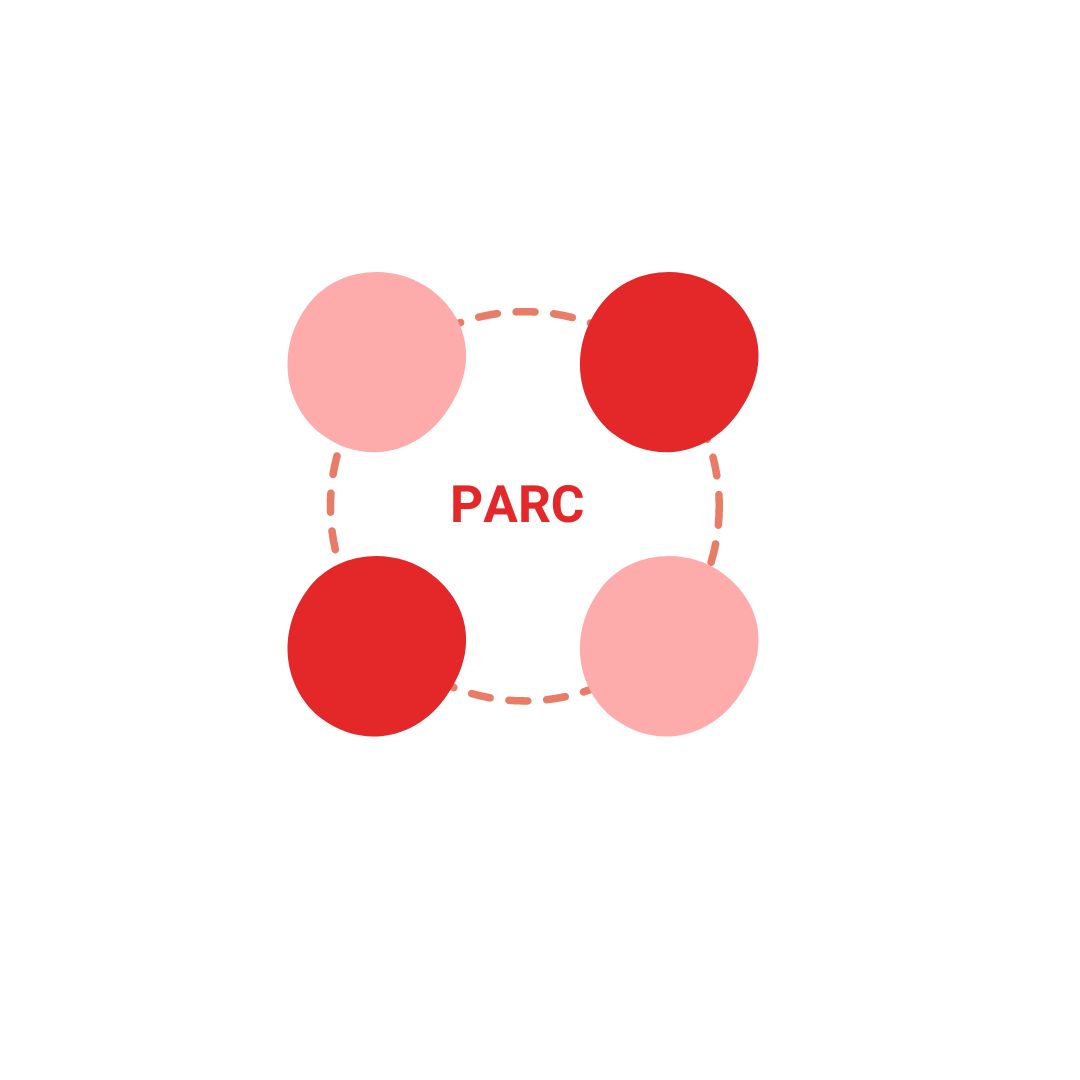Bounce rate is one of the key metrics to look at in Google Analytics. If the bounce rate of your website is high, then you are losing visitors, so it’s important to reduce the bounce rate. In this article we will understand:
- What is bounce rate?
- What is a good bounce rate?
- Different ways to reduce bounce rate.
So let’s get started!
What is Bounce Rate?
Bounce rate is the percentage of users who leave your website without visiting more than a single page on your website.
For eg: if a user views the homepage and leaves the website without moving to another page, then it’s considered as a bounce.
What is a good bounce rate?
A good bounce rate for any website should be less than 30%. But different types of websites can have different bounce rates as below:
- Ecommerce – 30 to 40%
- B2B – 40 to 50%
- Content Websites – 50 to 60%
- Landing Pages – 80 to 90%
- Blogs & Portals – 80 to 90%
Also, different sources will have different bounce rates:
- Display – 50 to 60%
- Social – 40 to 50%
- Paid Search – 30 to 40%
- Direct – 25 to 35%
- Organic – 25 to 35%
- Email – 25 to 35%
- Referral – 25 to 35%
Display ads will always have a high bounce rate because the targeting is not precise, whereas organic, direct will have a lower bounce. Email will also have a lower bounce rate because they are the users from your lead nurturing funnel.
Different Ways to Reduce Bounce Rate?
1. Improve Speed of Your Site
Speed is one of the important factors to reduce bounce rate. If the page is taking time to load, in that case users will bounce off the site. The speed of your site should be less than 3 secs. You can check the speed of your site from tools like gtmetrix or pingdom.
Here is the page speed of my website, R Academy
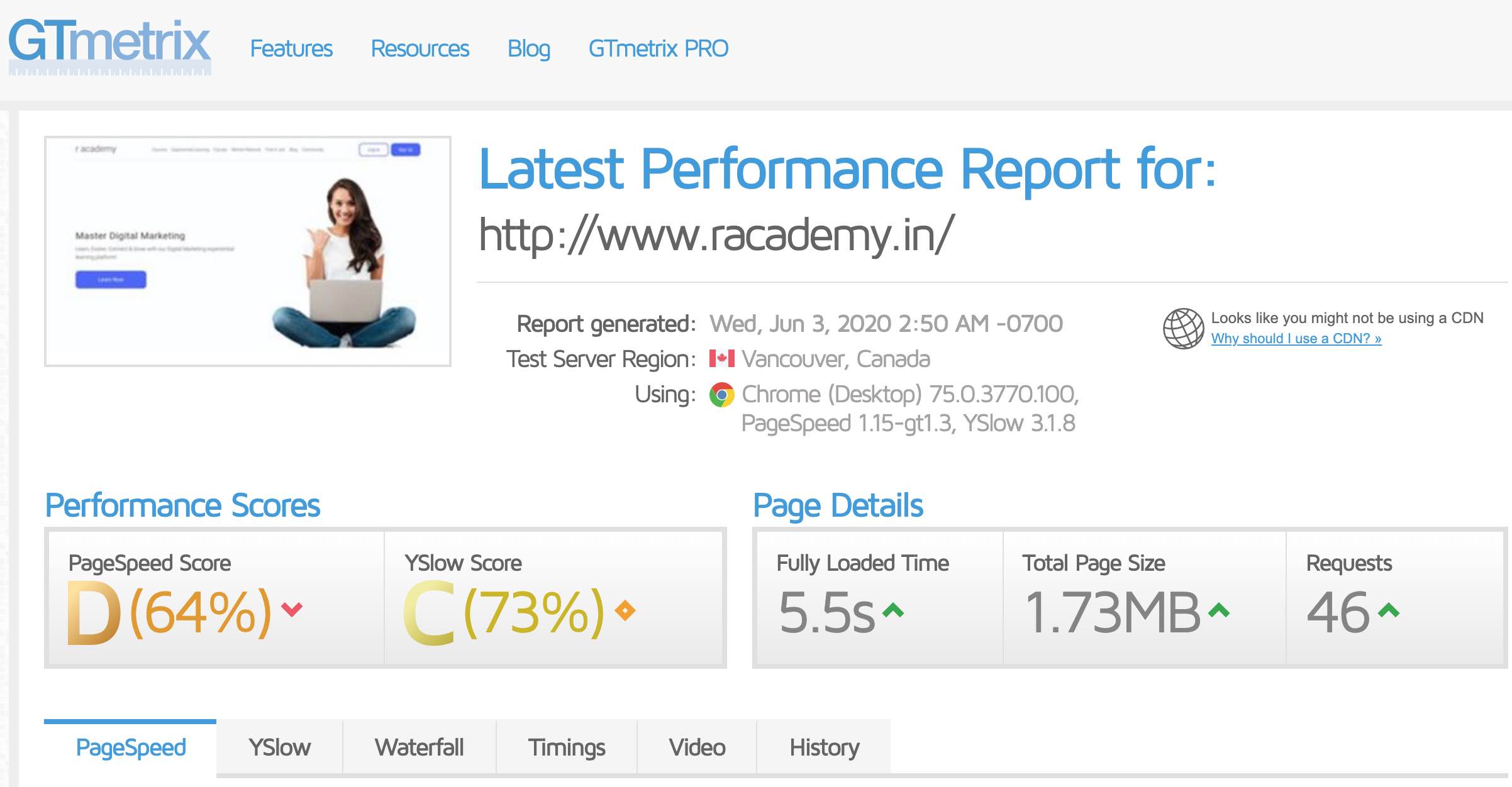
Page speed of my website is 5.5secs. I can also get suggestions from GT Metrix itself

GT metrix is suggesting to optimize images and combine images using CSS sprites. So I can ask my developer to go ahead and work on these aspects.
Further you can look at Google page insights score. You can see the page insights score for my website on mobile is 95, which is very good.
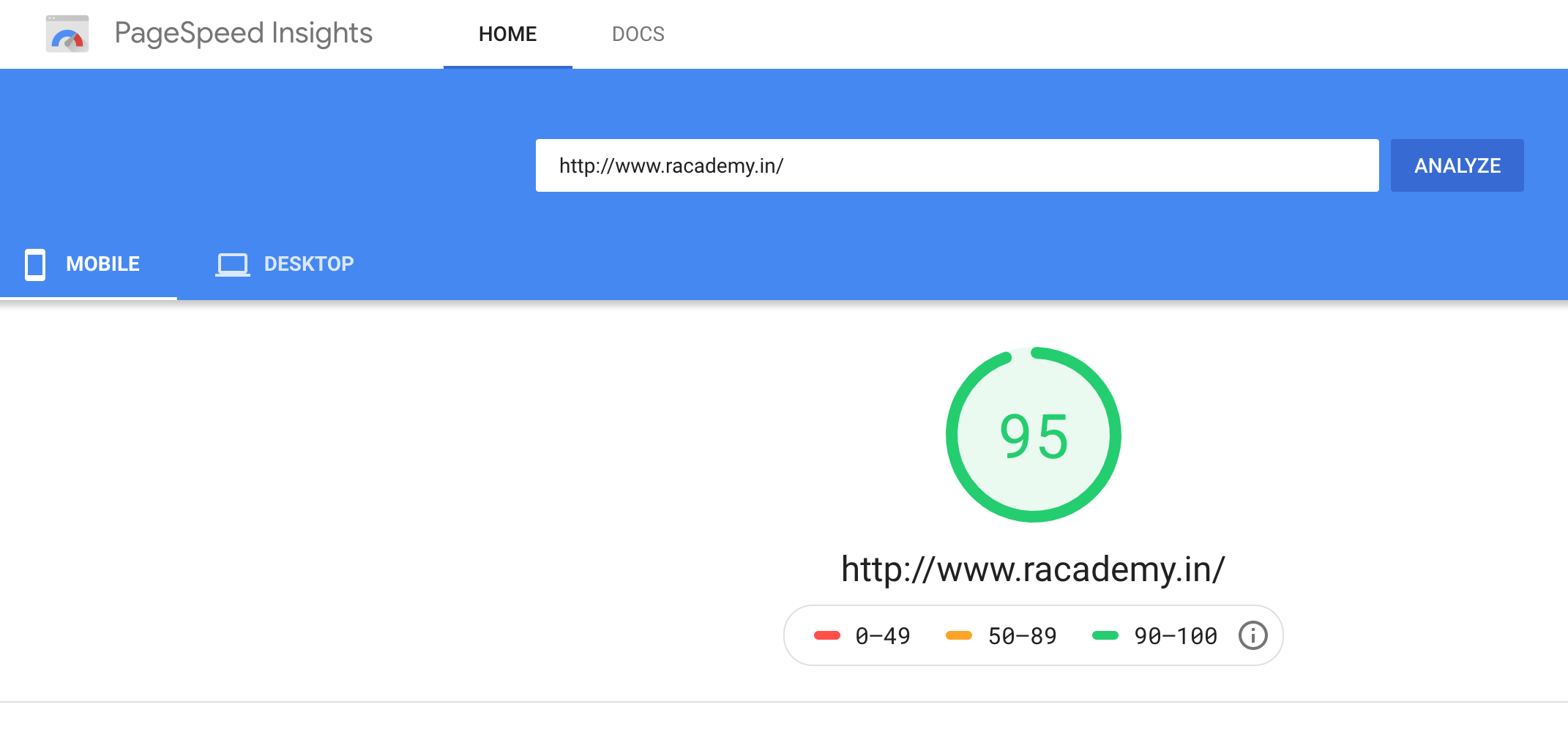
If your website score is low, Google page speed will also show suggestions to improve.
2. Engaging Content
The content on your website should be engaging and communicate the message effectively. Additionally, the content should cover the below aspects on a web page
- About the product or service
- Value proposition of the business
- Product or service description
- Factors which builds trust and credibility, such as testimonials or awards
- Content specific to industry, eg: in furniture space, users who are interested in buying a sofa will look at the dimensions, type of wood, material and so on
- Case Studies, related to b2b businesses
- Videos – Product videos or demo videos
3. User Experience
User experience on a particular web page matters a lot. If the user experience is not appealing and users are finding it difficult to move ahead within the website, they will bounce off
Here is an example of the user experience which I have created on my experiential learning website, R Academy
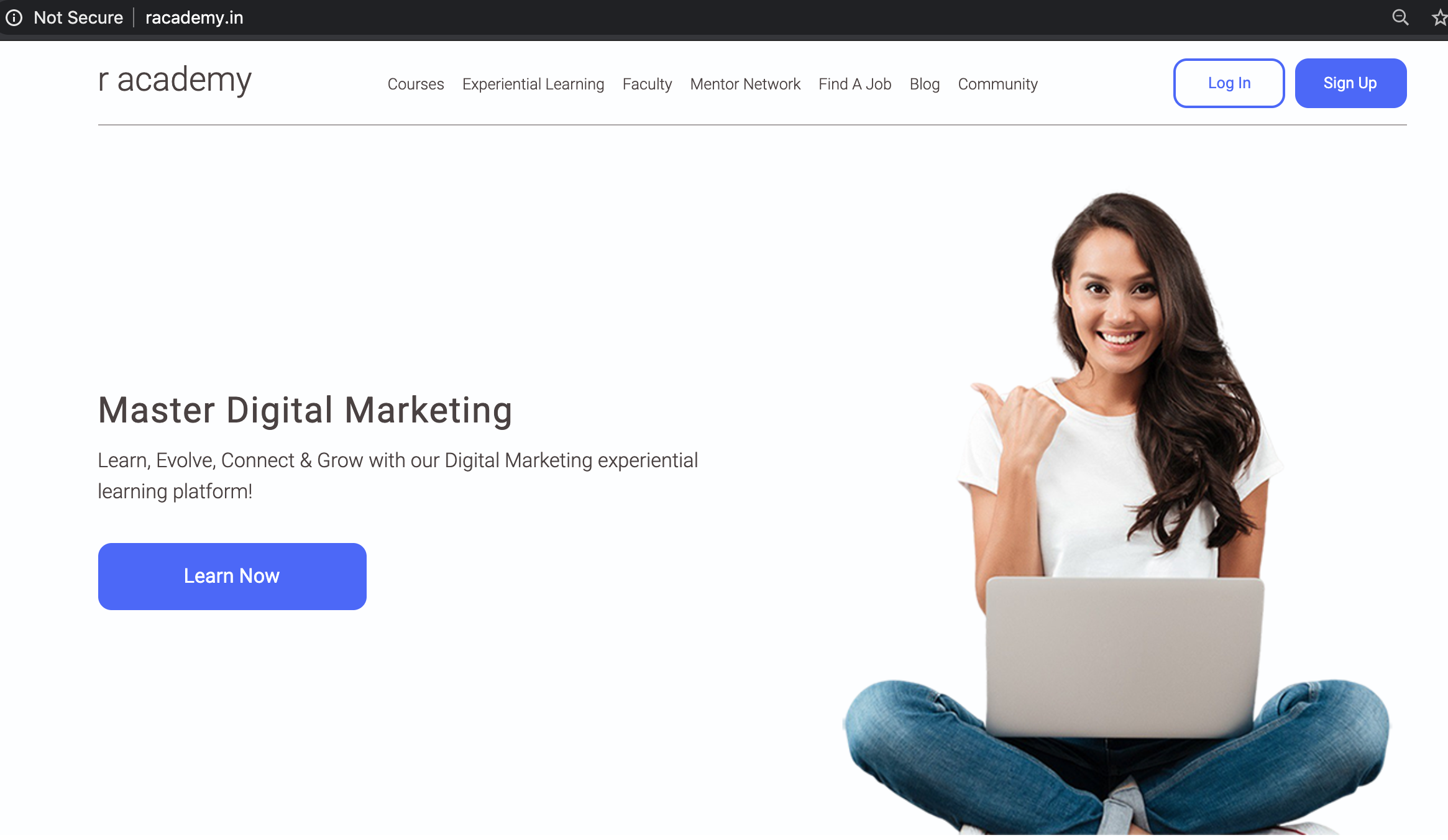
4. Interlinking
Interlinking is one of the effective ways to improve bounce rate. If you have links within web pages, which are driving users to respective pages, it will reduce the bounce rate.
In the below example of my blog, you can see the programmatic advertising term is linked with programmatic advertising article.
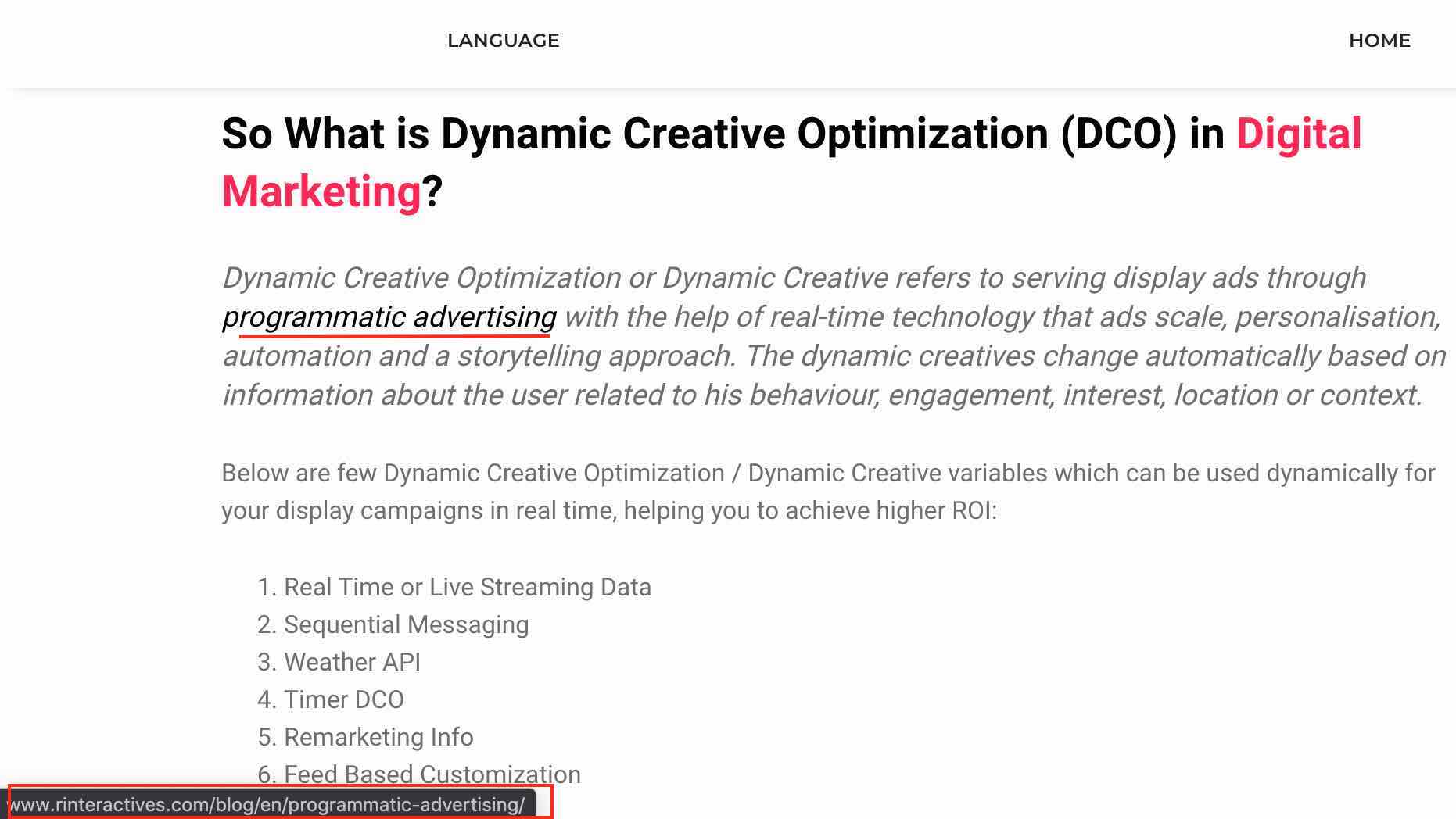
You can similarly use an interlinking strategy across your website, but make sure you don’t over do it.
5. Multiple CTAs
Use multiple CTA’s within a web page. For example on my services website, R Interactives, I have used multiple CTA’s know more, wherein the users can move ahead for different services.
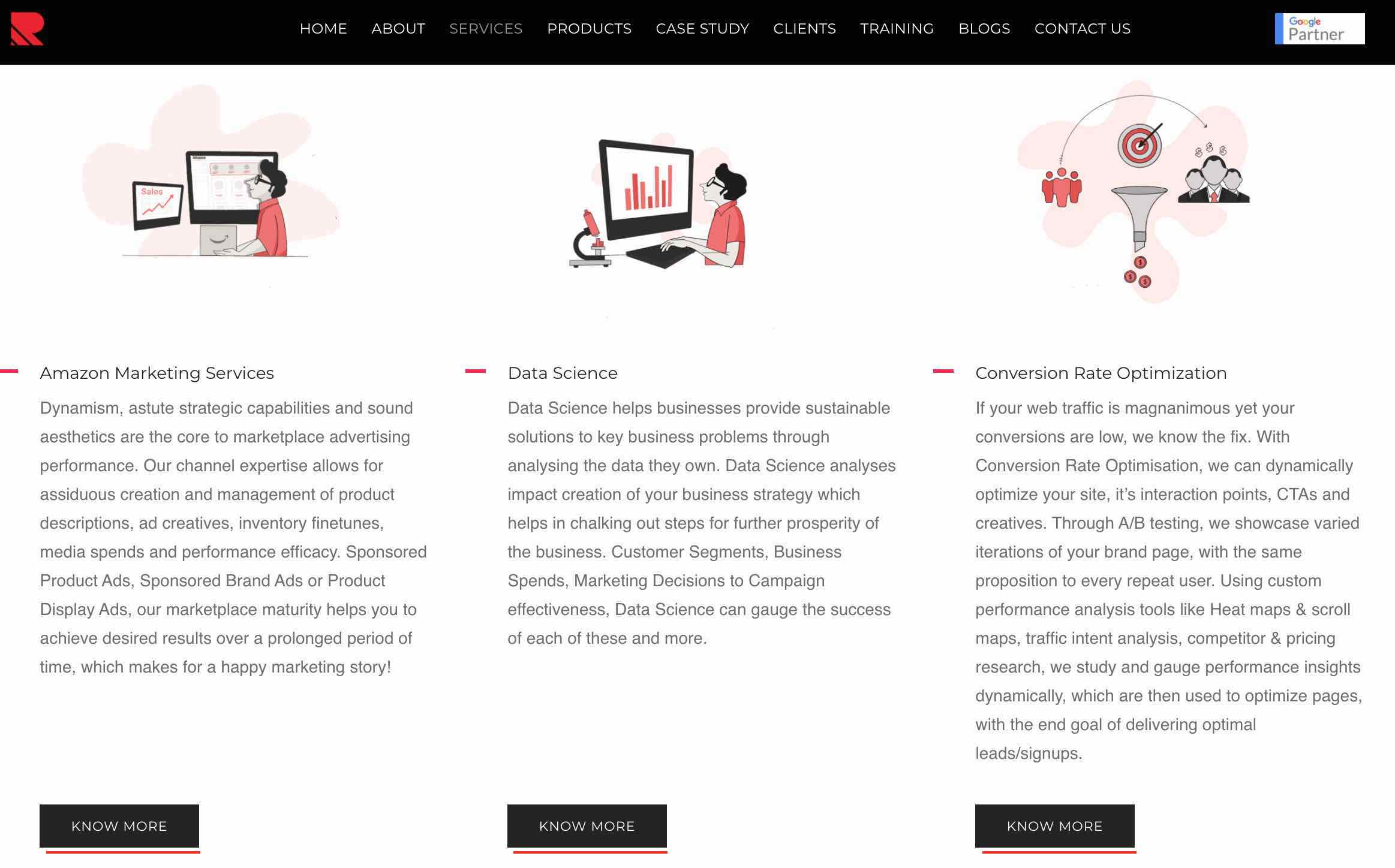
CTA’s not only help us to improve bounce rate, but also helps us to generate leads. Always try multiple CTA’s within a web page.
6. Add Video’s
You should add video’s within a web page. It not only helps to reduce the bounce rate but also helps users to check out the product demo or the story of your brand. Also people like to watch more than read, so video is a great way to improve bounce rate.
Here is an example of how I have embedded video on my blog, sequential messaging
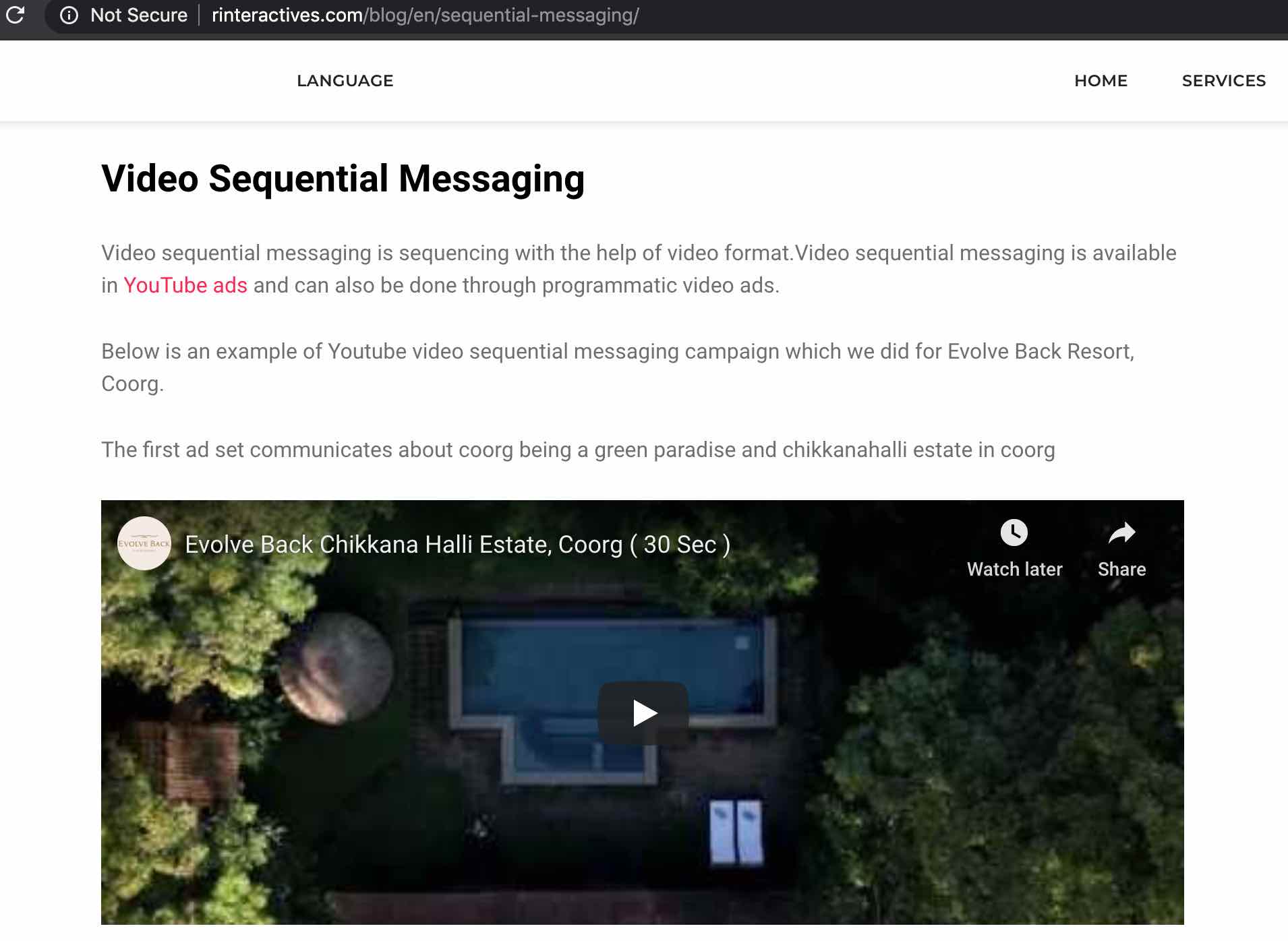
7. Show Similar Products
This is largely applicable for ecommerce websites. Showcasing similar products helps to improve visibility in the site, improve purchases and bounce rate.
Here is an example of how flipkart has added similar products on a page of HP laptop
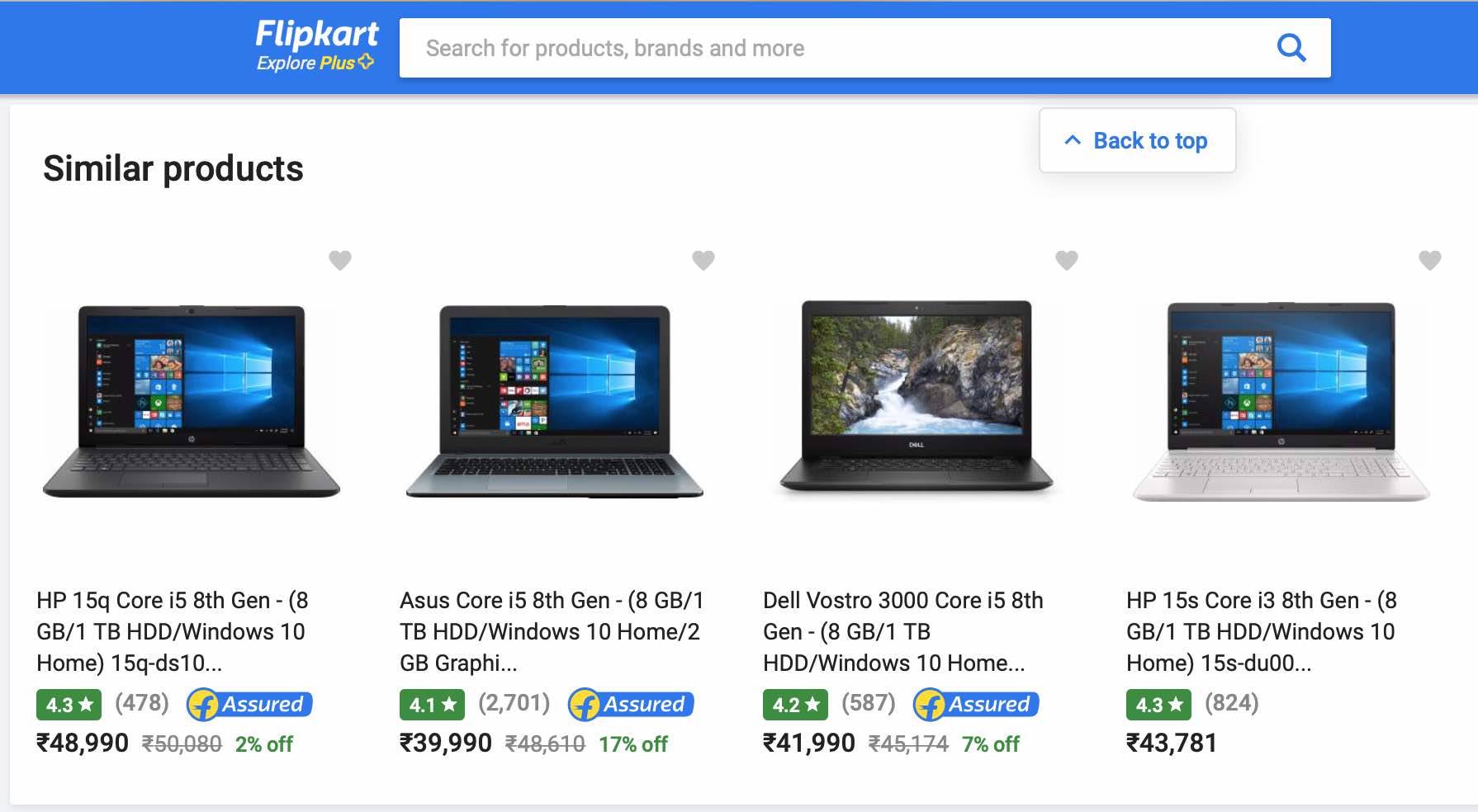
8. Copy Readability
Make sure the copy is readable on desktop and mobile devices. If the copy is not readable on any of these devices, users will drop off.
There are different tools to check copy readability, such as readability score, readable etc.
9. Personalisation
Personalisation is one of the effective strategies used by many shopping, content and OTT websites. This is largely done through a marketing automation tool, which measures user interaction, user behaviour and content consumption pattern, the automation tool then pushes personalised content on webpages in real time.
Conclusion
After incorporating these tactics, you will see how the bounce rate improves. This will further help you to engage users and improve conversions on your website. Also, look at Google Analytics bounce rate data at for different dimensions including browser and devices, to make further improvements!

